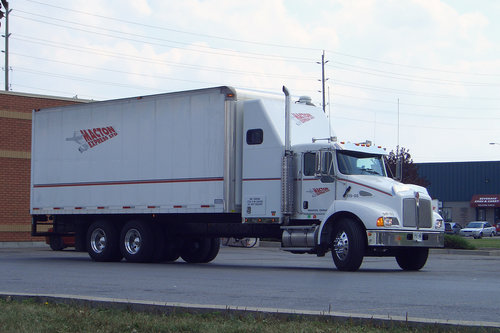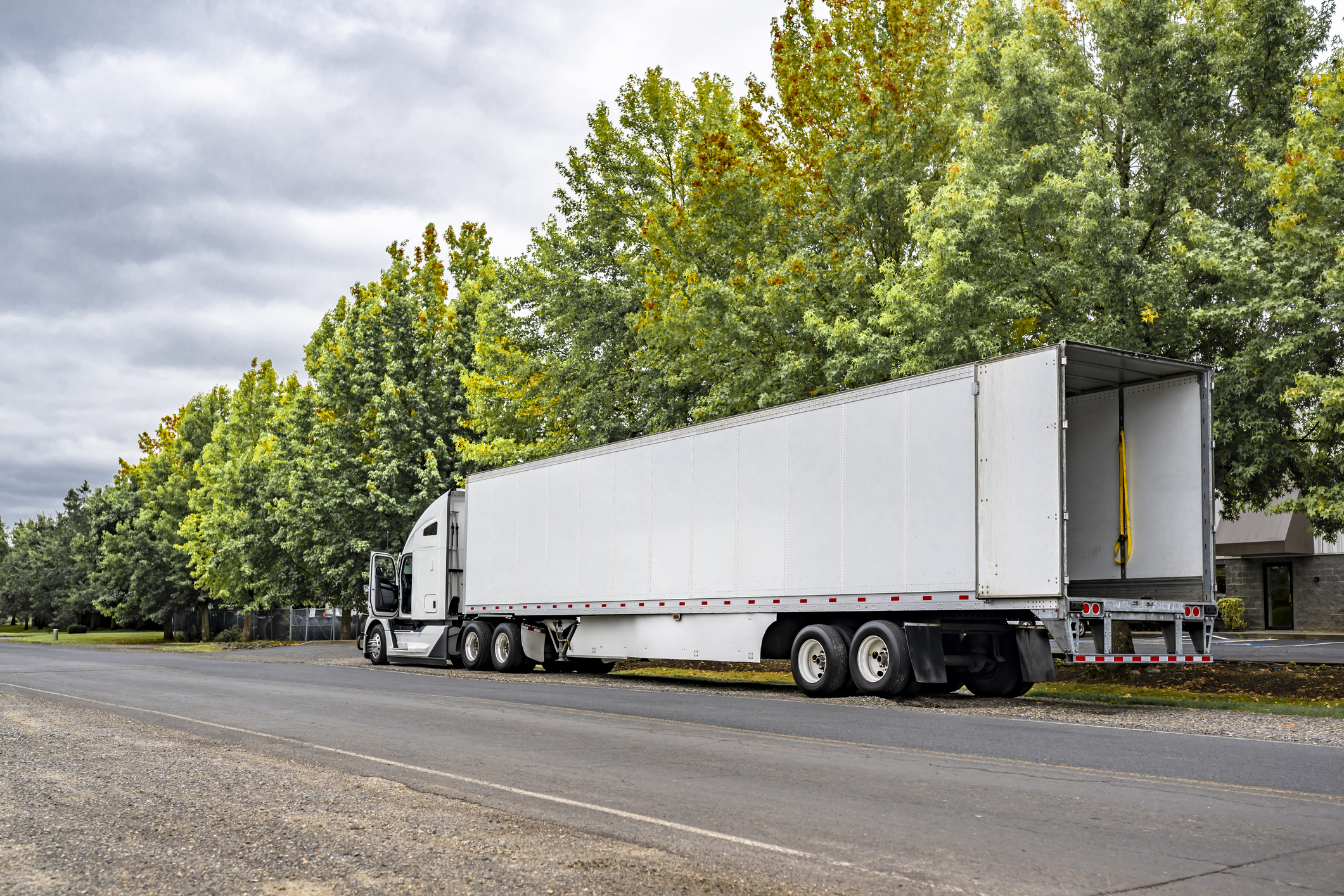Engaging Expedited Drivers: 4 Key Things to Know

Summary
Expedited drivers are a different breed of trucker. To keep them on your team, you need to look at their individual needs in a different light.
If you need it—and you need it now—you need expedited trucking.
While a regular carrier can take a load from point A to point B, it’s an expedited trucker’s job to get that load there pronto.
They’re like the “9-1-1” of the trucking industry. They’re the folks you call on when your manufacturing line has shut down when you need a specific part 1,000 miles away. Or when you’re in desperate need of a critical airplane piece needed to get a military jet back up in the air.
Expedited trucking is a niche area, and, accordingly, brings niche needs and requirements.
If you’re looking to engage your expedited drivers, consider these unique traits.
More Time on the Road
In trucking, while there are jobs that will take you home every evening, you won’t find them in the expedited industry. It involves long hours, thousands of miles from home base—truly life on the road.
With the countless hours living in their trucks, it’s uncommon to see an expedited driver go solo, as many couples take up the task together to stretch the number of hours a load can go without required rest.
For carriers looking to engage these drivers, you’re not just motivating one of them—you’re motivating the pair. This dynamic can change the landscape of engagement in a big way.
More Time on the Sidelines
With more time on the road, there’s lots more time spent on the sidelines. While 9-1-1 is ready to jump at a moment’s notice, it doesn’t mean they don’t spend time waiting around for the next fire—and the same goes with expedited drivers.
All that free time gives plenty of opportunities for your drivers to mull over their feelings—what dispatch last said, how that made them feel, what other opportunities might be out there for them, etc.
Engaging with these drivers means giving them an anonymous, safe place to let their feelings be heard while waiting for their next load to come along.
More Purpose
According to an article from Landline mag, the expedited freight industry started by hauling assembly line parts to automobile manufacturing plants, but has grown to hauling just about anything that will fit into a truck.
Still, much of expedited trucking functions around the “just-in-time” model of manufacturing, especially for the auto industry, which requires certain parts to be delivered precisely when they need to be. Otherwise, they risk shutting the assembly line down, potentially costing thousands of workers untold amounts of money.
Another branch of expedited driving that has surged: the military. With planes, ships and other enormous purpose-built machinery, a small part can mean the difference between a running vehicle and a broken one. And those vehicle parts may be hundreds of miles apart from each other.
Consider engaging with your expedited truckers in a deeper way by placing emphasis on the purpose of their load. It might be smaller than what’s in a full-size truck, but they’re things needed immediately to save jobs, our country—and perhaps more.
More Uneasiness
Ask any expedited driver who has been around for a long time: the only thing that’s certain about this job is the fact that the payment for your $150,000 truck is due each month.
And, for drivers that might sit around for two or three days at a time waiting for their “9-1-1” call, that can be a scary prospect. If they don’t make enough—or if they’re not getting enough calls—they might be willing to check out another carrier who promises more work.
It’s crucial to let your drivers provide feedback about how they’re honestly feeling in order to curb this sense of uneasiness as pressing uneasiness sets in.
Keeping your expedited drivers in the game—and keeping them from looking elsewhere when the going gets rough—takes special tactics and patience. But once you find the right drivers, it’s worth anything to keep them.
Let's Build Better Workplaces Together
Revolutionize your company culture and your worker retention rates by improving communication and engagement.
Book a Demo

